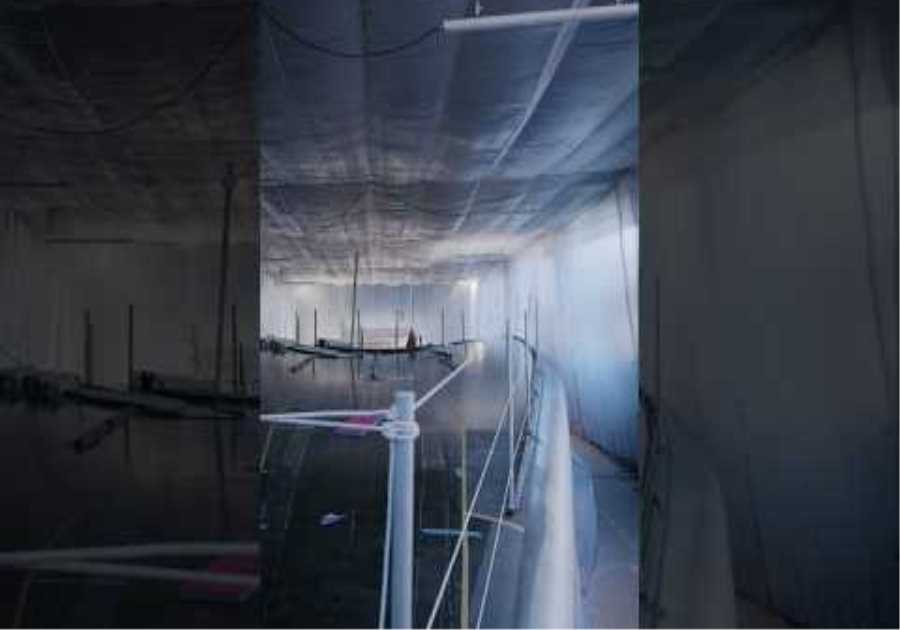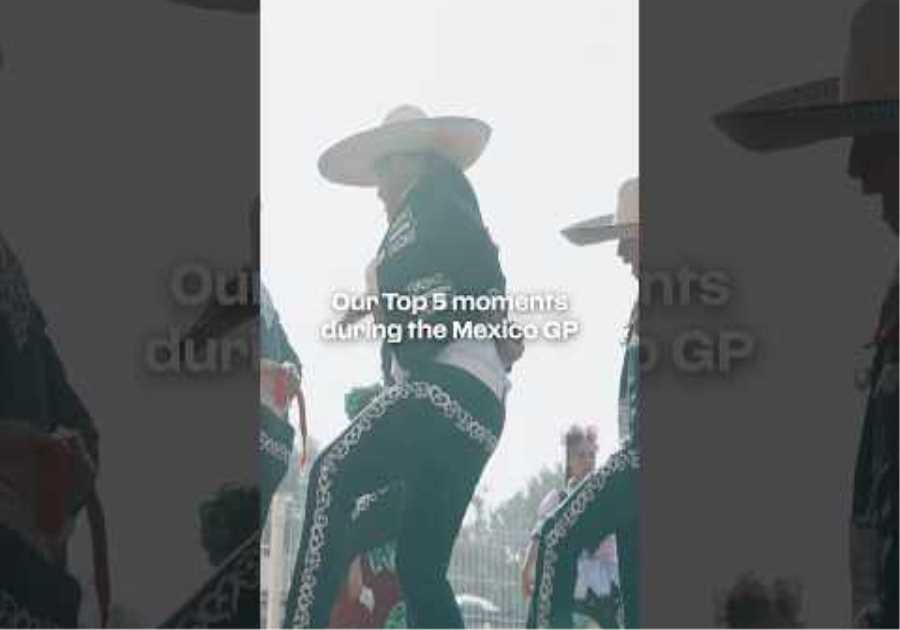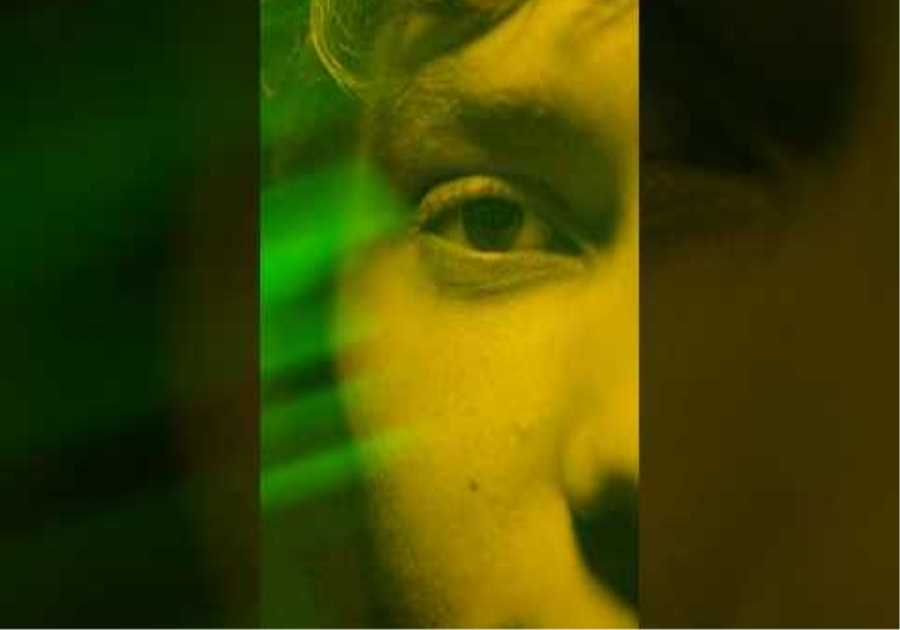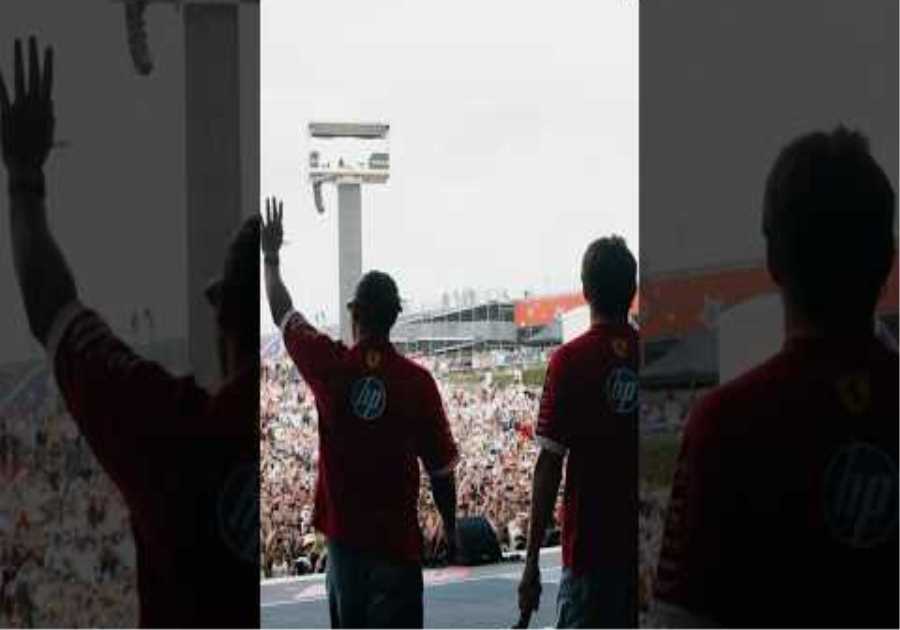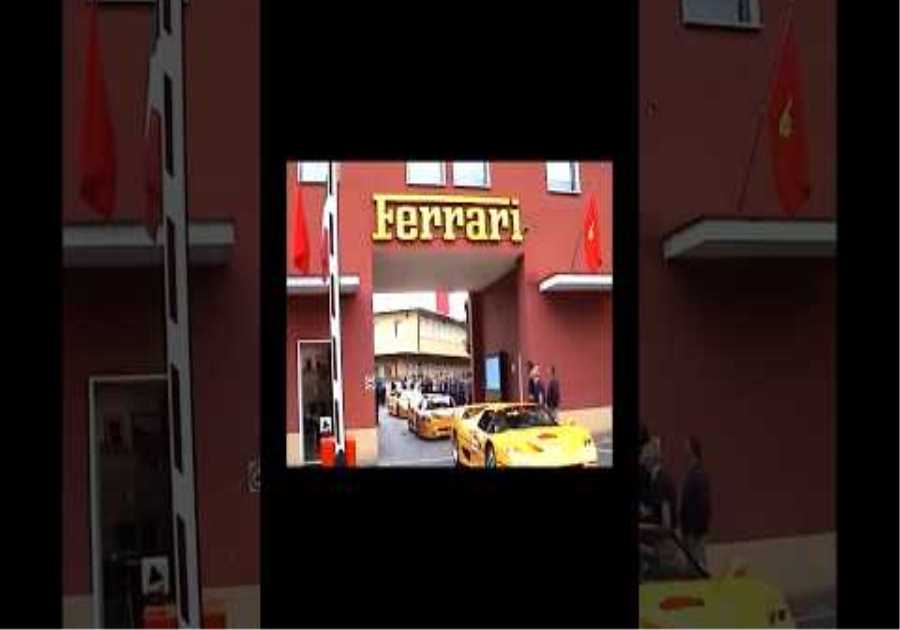The 2022 season marks a crucial shift for the MotoGP World Championship as the series prepares to start without nine-time champion Valentino Rossi on the grid for the first time in its modern incarnation.
But as the Italian legend makes the full-time transition from rider to team owner – while simultaneously shifting his racing career to four-wheel competition – what will be possible for him?
Rossi is of course no stranger to running a MotoGP team thanks to the introduction of the Team Sky VR46 Ducati for 2021, with half-brother Luca Marini occupying one side of the Esponsorama Racing garage in a hybrid deal that has expanded into one full two-rider setup for 2022 as Marco Bezzecchi steps up from Moto2 and Rossi takes full charge of the team.
However, his team management experience dates back even further, as the team made its debut in Moto3 in 2014 with Pecco Bagnaia and Romano Fenati. She spent three seasons in the lightweight class before also expanding into Moto2 in 2017 and has been in impressive form to date, with a world championship and 26 wins.
But with Rossi now very much focused on team management rather than racing against them, it means he is following in the footsteps of many of his predecessors, with his former employer Yamaha in particular having an affinity for using his past champions in a management role.
Perhaps the first notable great in the sport to make the switch was arguably the greatest racing driver of all time, Giacomo Agostini.
Agostini won most of his 15 world championships with MV Augusta before moving to Yamaha at the end of his career and remained a part of the latter when he retired – becoming boss of the Marlboro Yamaha team in 1982, five years after his retirement.
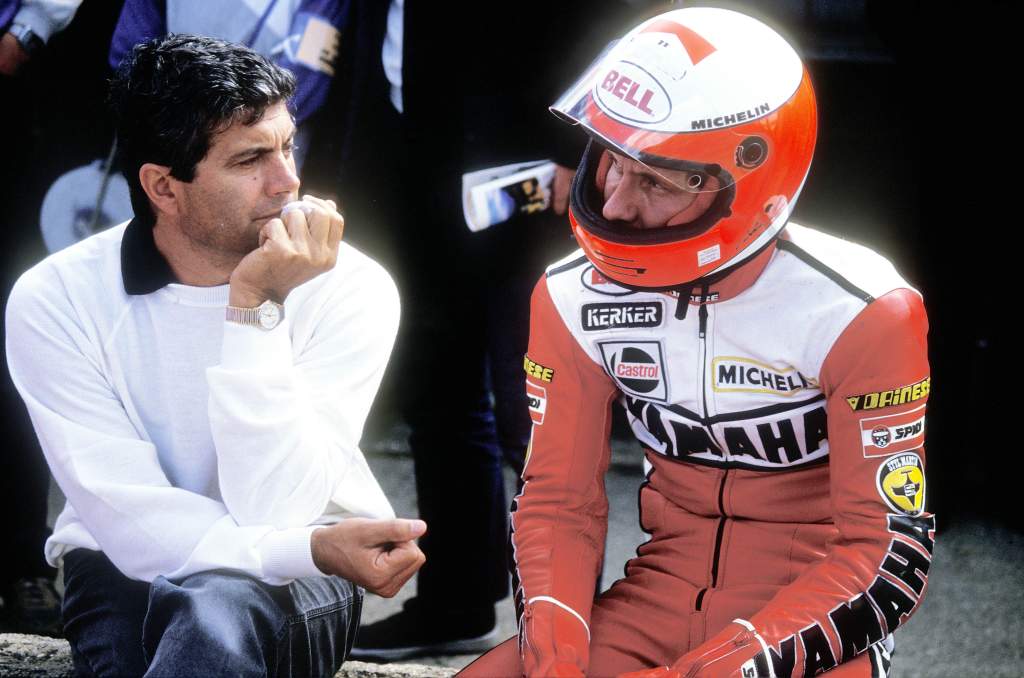
Manager of drivers such as Eddie Lawson and Kenny Roberts, Agostini in his new role won three more world titles as Lawson lifted the crown in 1984, 1986 and 1988 before retiring and eventually returning to an Italian manufacturer to manage Cagiva’s efforts through 1994.
That left an opportunity for another Yamaha legend to step into the role, with Agostini’s own protégé Kenny Roberts expanding his Yamaha 250cc effort into the premier class, quickly taking on both the works mantle and Marlboro sponsorship .
Promotion of up-and-coming American racer Wayne Rainey from the middleweight division was match heaven, with Rainey winning three straight titles for Roberts beginning in 1990 before being denied a fourth by the Misano crash that ended his career prematurely.
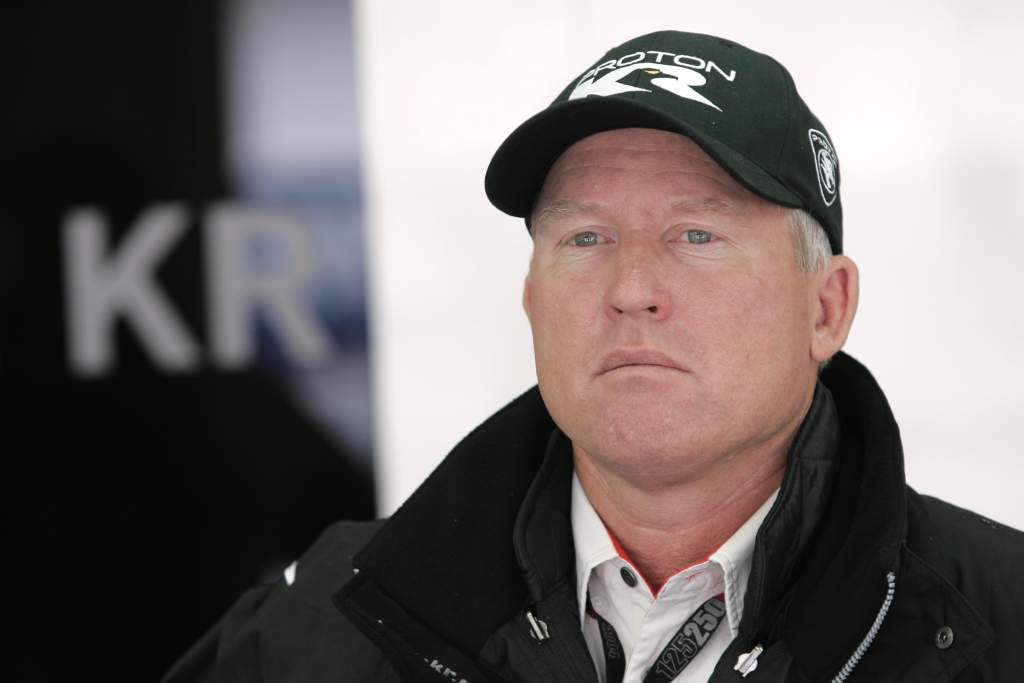
Roberts remained a key force in MotoGP well into modern times, even after parting ways with Yamaha in 1997. The Roberts team built their own bikes to become essentially the last truly independent team in the series and stayed until sponsorship issues and the world financial crisis forced the team’s withdrawal in 2007.
However, with the shift from two-stroke to four-stroke engines and the rise of satellite teams, a whole new generation of racers-turned-managers were able to find new success for themselves, although the changing dynamics of the sport now means that for a satellite team it always has harder to beat a factory over the course of an entire season.
Arguably the greatest of these is two-time 125cc World Champion Fausto Gresini, whose incredibly successful teams have come closer than any to winning a title as an independent team over the past two decades.
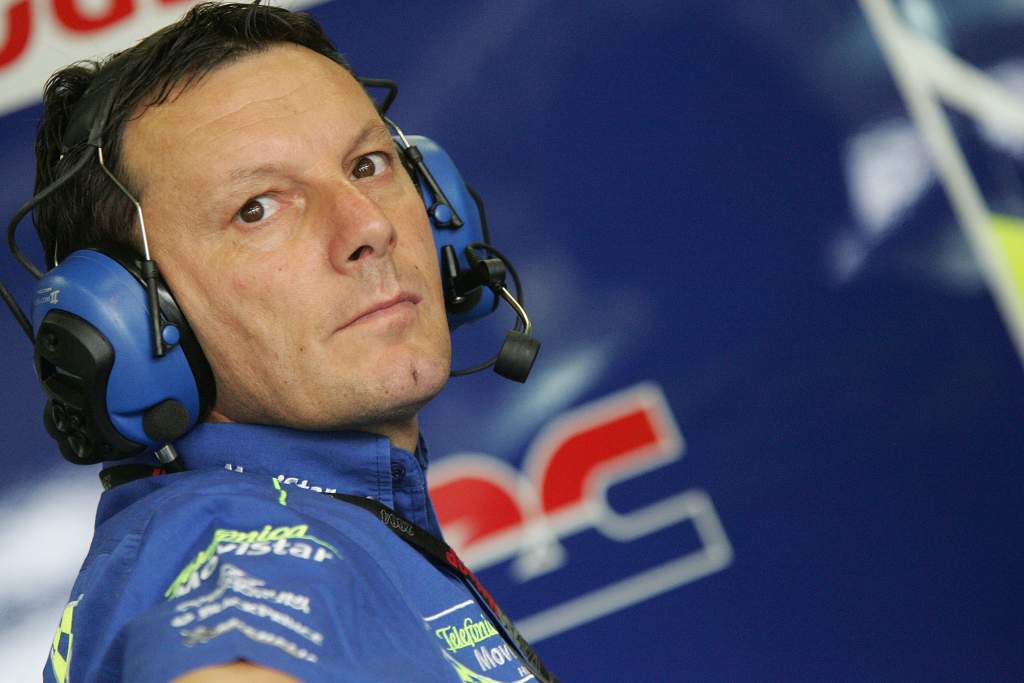
Riders like Toni Elias, Marco Melandri and Sete Gibernau were often the only opponents Rossi regularly faced in even the most dominant part of his career, and Gresini’s tragic death last year leaves a huge hole in the paddock, even if his team will continue in his absence .
Elsewhere, former 125cc racer Lucio Cecchinello (pictured below) has also found plenty of success with his LCR Honda team as Cal Crutchlow led it to multiple race wins. Johann Stigefelt – who reached the 500cc level as a rider – managed to master his previous World Superbike efforts from Moto3 to MotoGP under the Sepang Racing Team banner and was on the verge of claiming a title with Franco Morbidelli to win in 2020.

So what does the future hold for Valentino Rossi? Well, the first unknown we have is what the specifics of that future will actually be for the 43-year-old. Having spent more than half of his life being part of the MotoGP circus and with a baby on the way early in the season, it remains to be seen just how much of a presence he will have on the VR46 team.
We don’t know how many races he will attend, especially as he also wants to focus on racing cars for a second (or third?) career – and his WRT-Audi program clashes with seven MotoGP rounds in GT World Challenge Europe.
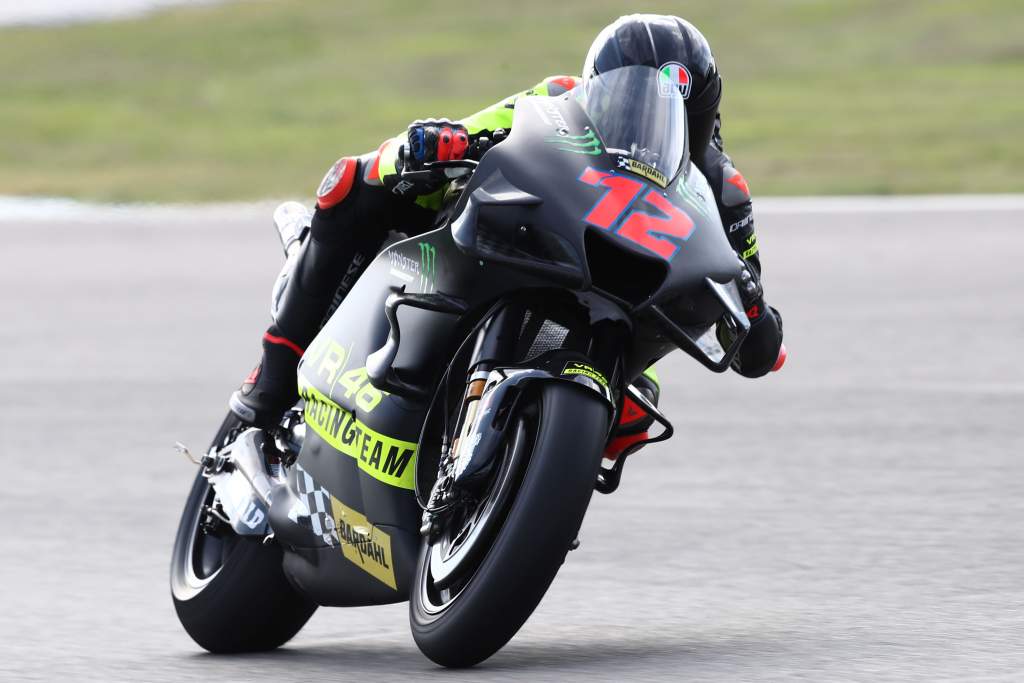
But with Rossi having built a strong structure under his best friend Uccio Salucci and veteran manager Pablo Nieto (himself an ex-racer), and with Stigefelt set to join the 2022 squad in a backroom role, the squad doesn’t need much input from Rossi himself either, to keep the wheels turning.
That’s not to say his presence isn’t an integral part of its success to date, however.
The lengthy debriefings between VR46 Academy drivers that take place in Rossi’s camper van almost every night of a race weekend is something of a bit of a legend in the paddock and this exchange of information will be something he’s keen to keep going forward.
While he may not be the constant presence he has been in the paddock for almost three decades, he will still be around – and while 2022 could be a chance to recharge the batteries at home with his family, the future could see him visited again.
And with an exciting line-up of young Italian talent and with two of his protégés in the form of Franco Morbidelli and Bagnaia having already shown what they are capable of as runners-up in the Championship over the last two seasons, it is hard to imagine that being the case The future does not look bright for Valentino Rossi as a talent scout and team boss.

